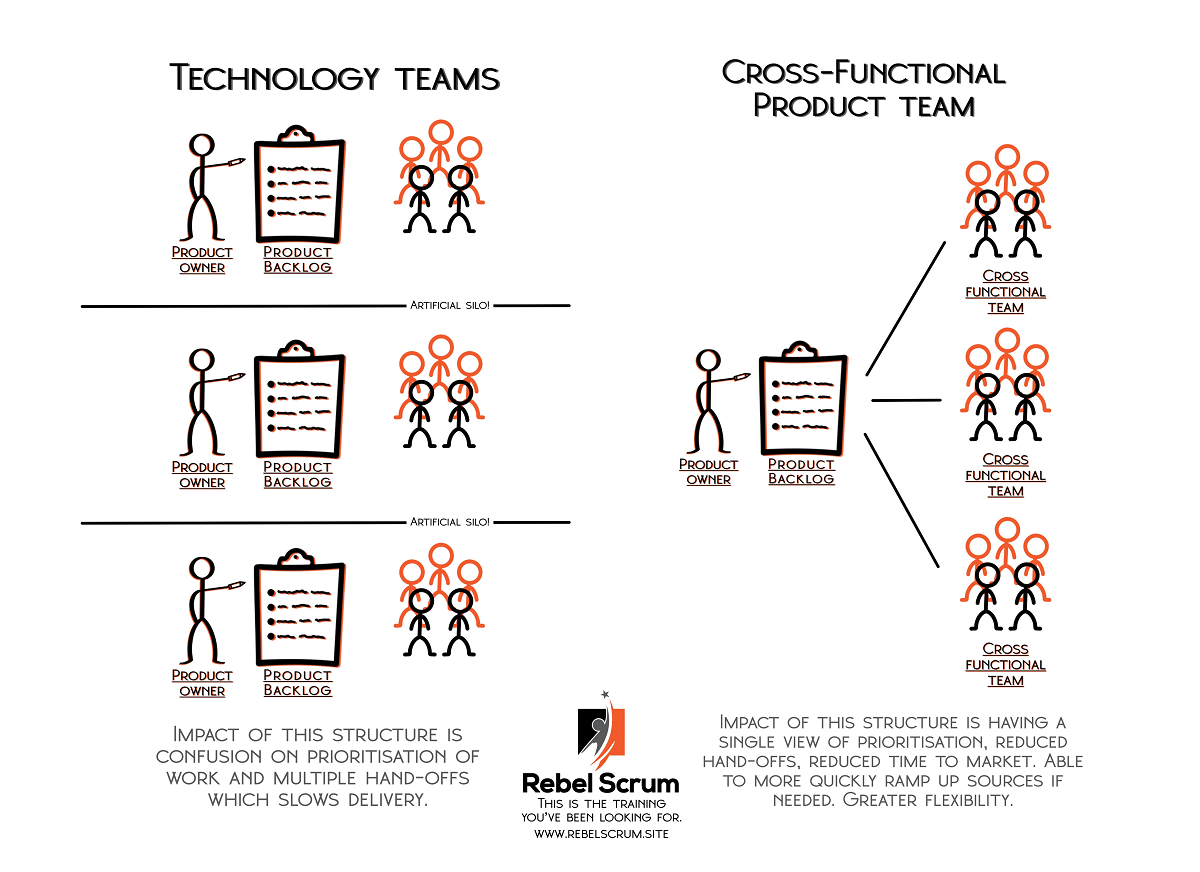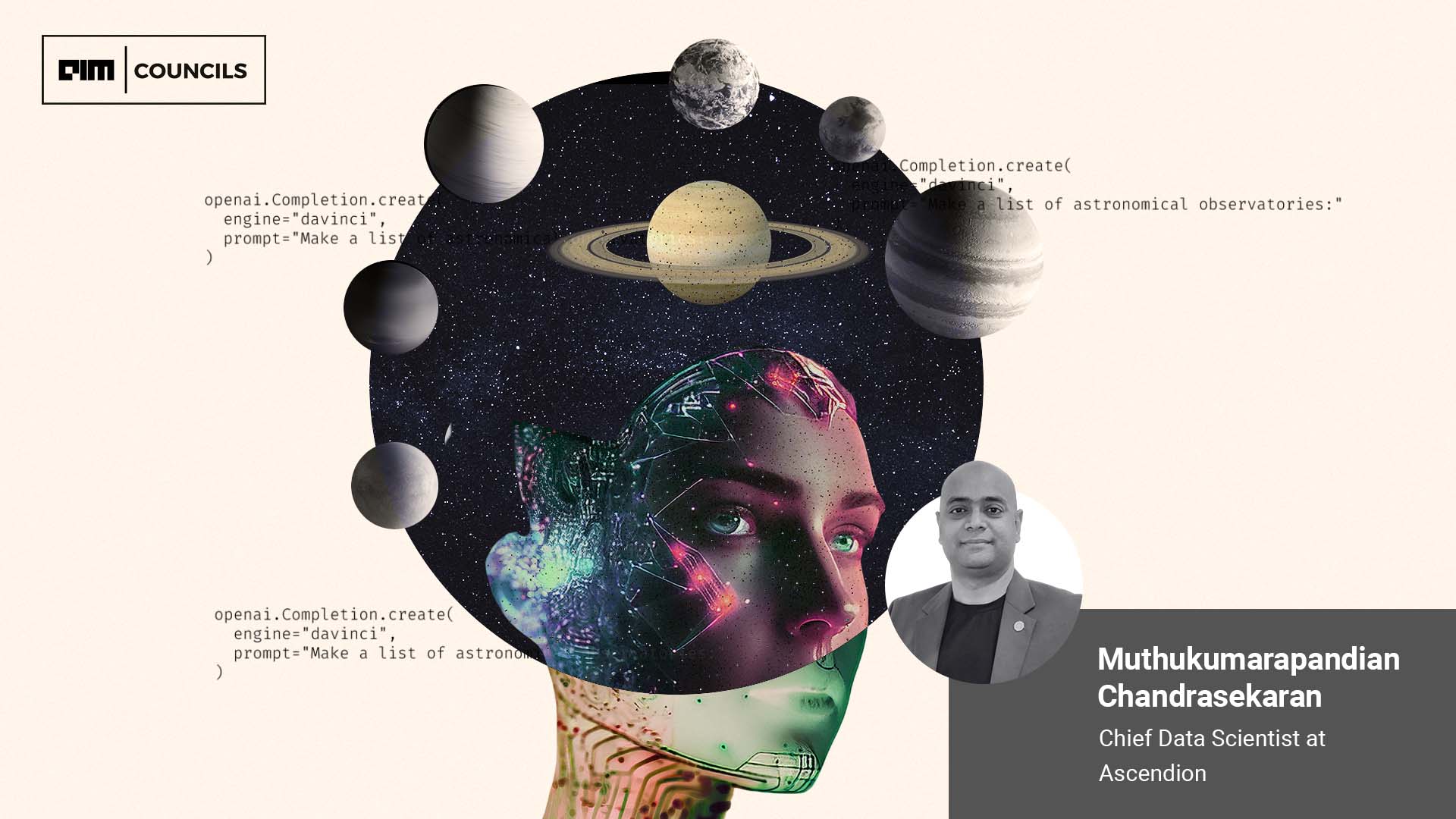5 best practices for software development partnerships

“The key to successful co-creation is ensuring your partner is not just doing
their job, but acting as a true strategic asset and advisor in support of your
company’s bottom line,” says Mark Bishopp, head of embedded payments/finance and
partnerships at Fortis. “This begins with asking probing questions during the
prospective stage to ensure they truly understand, through years of experience
on both sides of the table, the unique nuances of the industries you’re working
in.” Beyond asking questions about skills and capabilities, evaluate the
partner’s mindset, risk tolerance, approach to quality, and other areas that
require alignment with your organization’s business practices and culture. ...
To eradicate the us-versus-them mentality, consider shifting to more open,
feedback-driven, and transparent practices wherever feasible and compliant.
Share information on performance issues and outages, have everyone participate
in retrospectives, review customer complaints openly, and disclose the most
challenging data quality issues.
Revolutionizing Algorithmic Trading: The Power of Reinforcement Learning
The fundamental components of a reinforcement learning system are the agent, the
environment, states, actions, and rewards. The agent is the decision-maker, the
environment is what the agent interacts with, states are the situations the
agent finds itself in, actions are what the agent can do, and rewards are the
feedback the agent gets after taking an action. One key concept in reinforcement
learning is the idea of exploration vs exploitation. The agent needs to balance
between exploring the environment to find out new information and exploiting the
knowledge it already has to maximize the rewards. This is known as the
exploration-exploitation tradeoff. Another important aspect of reinforcement
learning is the concept of a policy. A policy is a strategy that the agent
follows while deciding on an action from a particular state. The goal of
reinforcement learning is to find the optimal policy, which maximizes the
expected cumulative reward over time. Reinforcement learning has been
successfully applied in various fields, from game playing (like the famous
AlphaGo) to robotics (for teaching robots new tasks).
Data Governance Roles and Responsibilities

Executive-level roles include leadership in the C-suite at the organization’s
top. According to Seiner, people at the executive level support, sponsor, and
understand Data Governance and determine its overall success and traction.
Typically, these managers meet periodically as part of a steering committee to
cover broadly what is happening in the organization, so they would add Data
Governance as a line item, suggested Seiner. These senior managers take
responsibility for understanding and supporting Data Governance. They keep up to
date on Data Governance progress through direct reports and communications from
those at the strategic level. ... According to Seiner, strategic members take
responsibility for learning about Data Governance, reporting to the executive
level about the program, being aware of Data Governance activities and
initiatives, and attending meetings or sending alternates. Moreover, this group
has the power to make timely decisions about Data Governance policies and how to
enact them.
Effective Test Automation Approaches for Modern CI/CD Pipelines
Design is not just about unit tests though. One of the biggest barriers to test
automation executing directly in the pipeline is that the team that deals with
the larger integrated system only starts a lot of their testing and automation
effort once the code has been deployed into a bigger environment. This wastes
critical time in the development process, as certain issues will only be
discovered later and there should be enough detail to allow testers to at least
start writing the majority of their automated tests while the developers are
coding on their side. This doesn’t mean that manual verification, exploratory
testing, and actually using the software shouldn’t take place. Those are
critical parts of any testing process and are important steps to ensuring
software behaves as desired. These approaches are also effective at finding
faults with the proposed design. However, automating the integration tests
allows the process to be streamlined.
What Does Being a Cross-Functional Team in Scrum Mean?

By bringing together individuals with different skills and perspectives, these
teams promote innovation, problem-solving, and a holistic approach to project
delivery. They reduce handoffs, bottlenecks, and communication barriers often
plaguing traditional development models. Moreover, cross-functional teams enable
faster feedback cycles and facilitate continuous improvement. With all the
necessary skills in one team, there's no need to wait for handoffs or external
dependencies. This enables quicker decision-making, faster iterations, and the
ability to respond to customer feedback promptly. In short, being a
cross-functional Scrum Team means having a group of individuals with diverse
skills, a shared sense of responsibility, and a collaborative mindset. They work
together autonomously, leveraging their varied expertise to deliver high-quality
software increments. ... Building genuinely cross-functional Scrum Teams starts
with product definition. This means identifying and understanding the scope,
requirements, and goals of the product the team will work on.
The strategic importance of digital trust for modern businesses
Modern software development processes, like DevOps, are highly automated. An
engineer clicks a button that triggers a sequence of complicated, but automated,
steps. If a part of this sequence (e.g., code signing) is manual then there is a
likelihood that the step may be missed because everything else is automated.
Mistakes like using the wrong certificate or the wrong command line options can
happen. However, the biggest danger is often that the developer will store
private code signing keys in a convenient location (like their laptop or build
server) instead of a secure location. Key theft, misused keys, server breaches,
and other insecure processes can permit code with malware to be signed and
distributed as trusted software. Companies need a secure, enterprise-level code
signing solution that integrates with the CI/CD pipeline and automated DevOps
workflows but also provides key protection and code signing policy
enforcement.
Managing IT right starts with rightsizing IT for value

IT financial management — sometimes called FinOps — is overlooked in many
organizations. A surprising number of organizations do not have a very good
handle on the IT resources being used. Another way of saying this is: Executives
do not know what IT they are spending money on. CIOs need to make IT spend
totally transparent. Executives need to know what the labor costs are, what the
application costs are, and what the hardware and software costs are that support
those applications. The organization needs to know everything that runs — every
day, every month, every year. IT resources need to be matched to business units.
IT and the business unit need to have frank discussions about how important that
IT resource really is to them — is it Tier One? Tier Two? Tier Thirty? In the
data management space — same story. Organizations have too much data. Stop
paying to store data you don’t need and don’t use. Atle Skjekkeland, CEO at
Norway-based Infotechtion, and John Chickering, former C-level executive at
Fidelity, both insist that organizations, “Define their priority data, figure
out what it is, protect it, and get rid of the rest.”
Implementing Risk-Based Vulnerability Discovery and Remediation

A risk-based vulnerability management program is a complex preventative
approach used for swiftly detecting and ranking vulnerabilities based on
their potential threat to a business. By implementing a risk-based
vulnerability management approach, organizations can improve their security
posture and reduce the likelihood of data breaches and other security
events. ... Organizations should still have a methodology for testing and
validating that patches and upgrades have been appropriately implemented and
would not cause unanticipated flaws or compatibility concerns that might
harm their operations. Also, remember that there is no "silver bullet":
automated vulnerability management can help identify and prioritize
vulnerabilities, making it easier to direct resources where they are most
needed. ... Streamlining your patching management is another crucial
part of your security posture: an automated patch management system is a
powerful tool that may assist businesses in swiftly and effectively applying
essential security fixes to their systems and software.
Upskilling the non-technical: finding cyber certification and training for internal hires

“If you are moving people into technical security from other parts of the
organization, look at the delta between the employee's transferrable skills
and the job they’d be moving into. For example, if you need a product
security person, you could upskill a product engineer or product manager
because they know how the product works but may be missing the security
mindset,” she says. “It’s important to identify those who are ready for a
new challenge, identify their transferrable skills, and create career paths
to retain and advance your best people instead of hiring from outside.” ...
While upskilling and certifying existing employees would help the
organization retain talented people who already know the company, Diedre
Diamond, founding CEO of cyber talent search company CyberSN, cautions
against moving skilled workers to entry-level roles in security that don’t
pay what the employees are used to earning. Upskilling financial analysts
into compliance, either as a cyber risk analyst or GRC analyst will require
higher-level certifications, but the pay for those upskilled positions may
be more equitable for those higher-paid employees, she adds.
Data Engineering in Microsoft Fabric: An Overview

Fabric makes it quick and easy to connect to Azure Data Services, as well as
other cloud-based platforms and on-premises data sources, for streamlined
data ingestion. You can quickly build insights for your organization using
more than 200 native connectors. These connectors are integrated into the
Fabric pipeline and utilize the user-friendly drag-and-drop data
transformation with dataflow. Fabric standardizes on Delta Lake format.
Which means all the Fabric engines can access and manipulate the same
dataset stored in OneLake without duplicating data. This storage system
provides the flexibility to build lakehouses using a medallion architecture
or a data mesh, depending on your organizational requirement. You can choose
between a low-code or no-code experience for data transformation, utilizing
either pipelines/dataflows or notebook/Spark for a code-first experience.
Power BI can consume data from the Lakehouse for reporting and
visualization. Each Lakehouse has a built-in TDS/SQL endpoint, for easy
connectivity and querying of data in the Lakehouse tables from other
reporting tools.
Quote for the day:
"Be willing to make decisions.
That's the most important quality in a good leader." -- General George S. Patton, Jr.






























/filters:no_upscale()/articles/architecture-modernization-domain-driven-discovery/en/resources/1figure1-large-1683727412214.jpg)



